The cost of prescription drugs is a concern in the US. Drug prices typically decline once a generic drug is approved due to market competition. However, in recent years generics prices have risen and there have been shortages. The US Food and Drug Administration (FDA) has taken action to reduce prices and increase generics competition. It is hoped that this will increase access to medicines across the country.
FDA actions to enable generics uptake
The time and cost of FDA approval is a barrier for generic applications. Until recently there was a large backlog of applications and review times were over three years. However, the Generic Drug User Fee Amendments (GDUFA I) helped to reduce this and in 2017, review times were under 1 year. 2017 also saw 80 generics approvals, more than any preceding year.
FDA noted there have been few generic approvals as applications are often insufficient. However, the quality of applications has improved in recent years.
In 2017, GDUFA II was enacted which reduces costs for smaller companies. This also set approval goals of between eight to 10 months. In addition, the Drug Competition Action Plan aims to prevent ‘gaming’ by brand-name manufacturers that can delay or prevent generics market entry. As part of the plan, FDA’s scientific and regulatory capabilities to assess drug bioequivalence will be updated.
To attract manufacturers to less competitive drug markets, the Office of Generic Drugs has been authorized to expedite the review of generic drug applications for products with fewer than three competitors. In addition, some generic applications are given a Competitive Generic Therapy (CGT) designation, which means there is only one other approved drug product on the market and the application will be assisted through the approval process and upon market entry. To improve transparency and promote competitiveness of monopolistic markets, FDA published a list of off-patent drugs that have been approved for over a year but lack generic competition [1].
At present, the effect of these measures is unclear.
Additional policy suggestions
One solution for drugs markets with few competitors is to create non-profit generic manufacturers. These can rely on purchase agreements to ensure demand. Similarly, bulk purchasing of single source drugs at a negotiated price by federal government could reduce price increases. Long-term contracts with manufacturers could also entice them to enter the market.
Another strategy is to import generics that have been approved outside the US with comparable regulatory standards and requirements. A reciprocal approval approach would not require direct FDA approval or US manufacturing facilities.
FDA needs to work closely with the Federal Trade Commission (FTC) to prevent anticompetitive mergers and acquisitions that reduce competition and are a key contributor to drug price rises.
In cases where there are no FDA-approved generics for off patent drugs, therapeutic substitution can be promoted where clinically appropriate. Here, in-class generics are used instead, which has potential to save billions of dollars. However, more research is needed to understand when therapeutic substitution is safe, beneficial and feasible. Many states have enacted pharmacy-level generic substitution laws to promote generic uptake and this could be expanded to include in-class substitution in some cases.
Steps need to be taken to address anticompetitive strategies used by brand-name manufacturers. They should be required to provide drug samples to prospective generics competitors and trivial citizen petitions should be prevented. Inter partes review could allow generics manufacturers to challenge secondary patents more quickly and easily.
Many states have also crafted legislation to control drug prices and prevent use of coupons. Such legislations could be used more universally in the US. The Know the Lowest Price Act of 2018 was recently signed into law, which prohibits the pharmacy ‘gag clauses’. These restrict pharmacists from informing patients if a cheaper drug is available if not paid for by insurance. However, this is not without issues as such clauses can be circumvented.
Conclusions
Ensuring availability of affordable medications in the US is complex and requires multiple solutions and the combined efforts of multiple stakeholders. FDA has taken action to guarantee the timely approval of medications, especially in markets with little competition. There are many possible options available to policymakers that must be considered to address price increases and shortages of generic drugs.
Conflict of interest
The authors of the research paper [1] declared that no funding was received for this work.
Related article
Why does the US face high-priced generics and drug shortages?
Reference
1. Gupta R, Shah ND, Ross JS. Generic drugs in the united states: policies to address pricing and competition. Clin Pharmacol Ther. 2019 February;105(2):329–37.
Permission granted to reproduce for personal and non-commercial use only. All other reproduction, copy or reprinting of all or part of any ‘Content’ found on this website is strictly prohibited without the prior consent of the publisher. Contact the publisher to obtain permission before redistributing.
Copyright – Unless otherwise stated all contents of this website are © 2020 Pro Pharma Communications International. All Rights Reserved.








 0
0
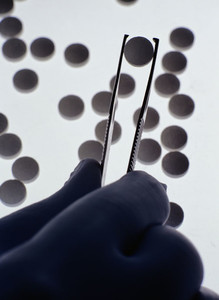

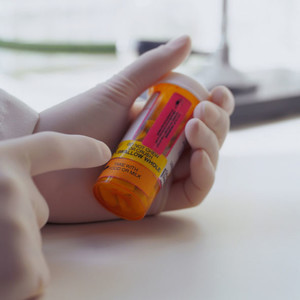
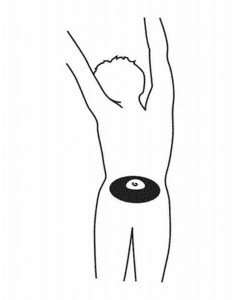
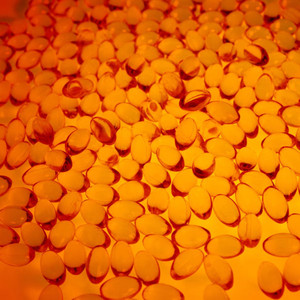
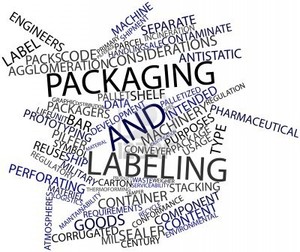





Post your comment